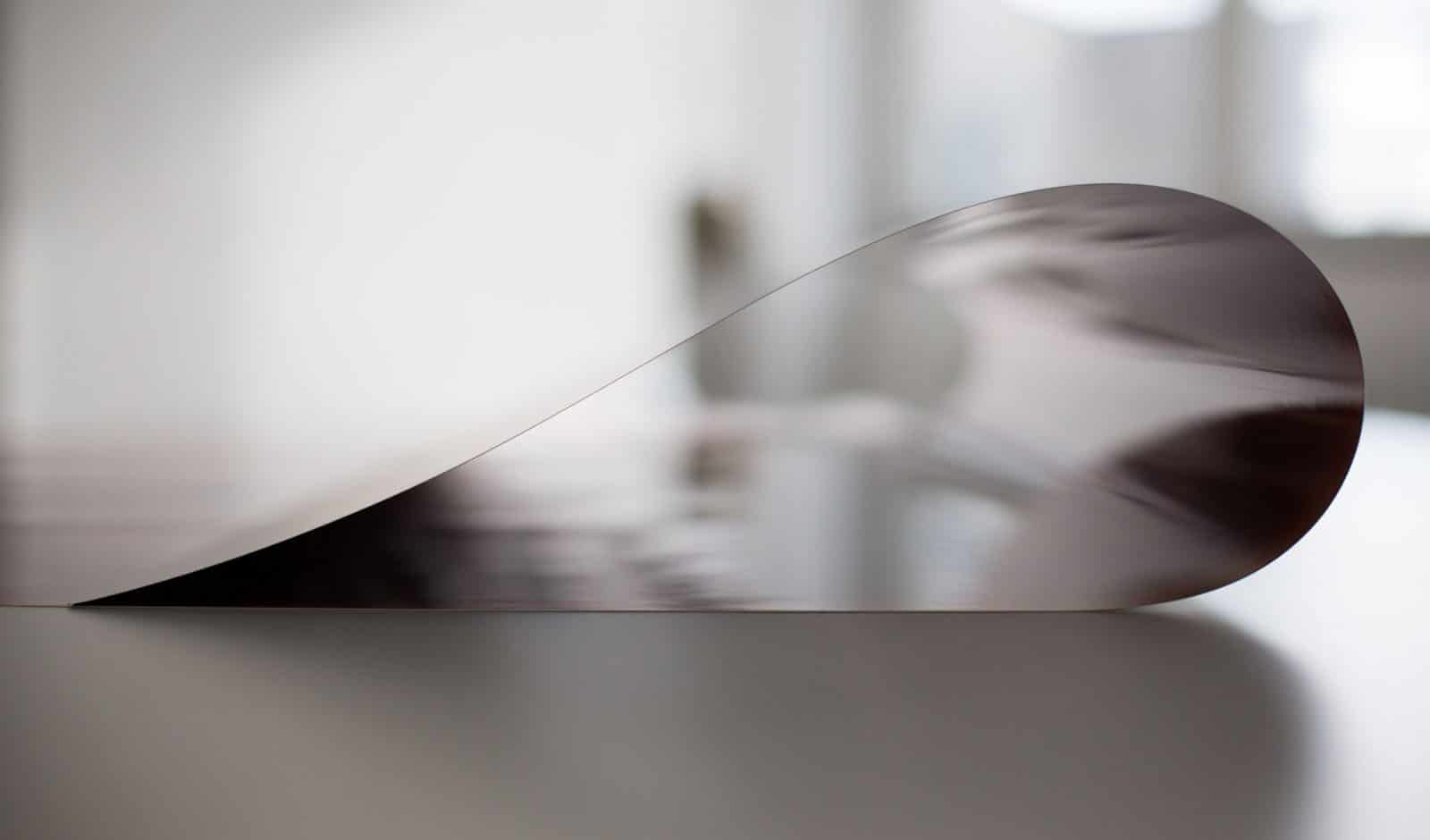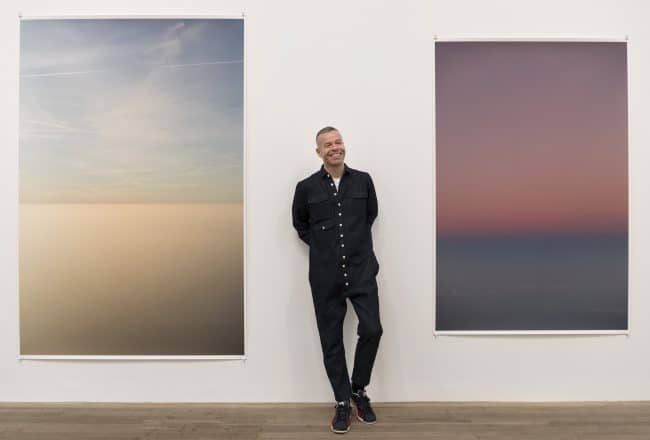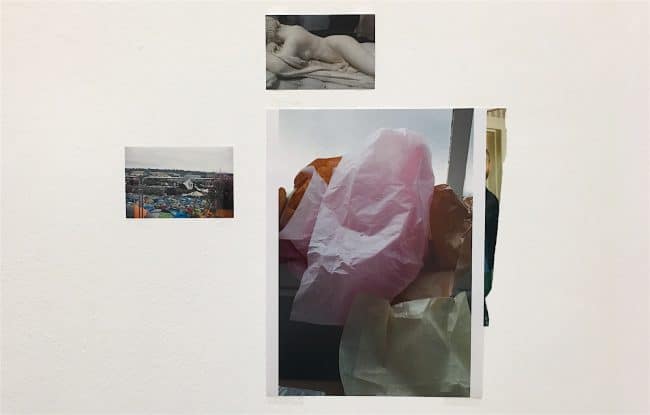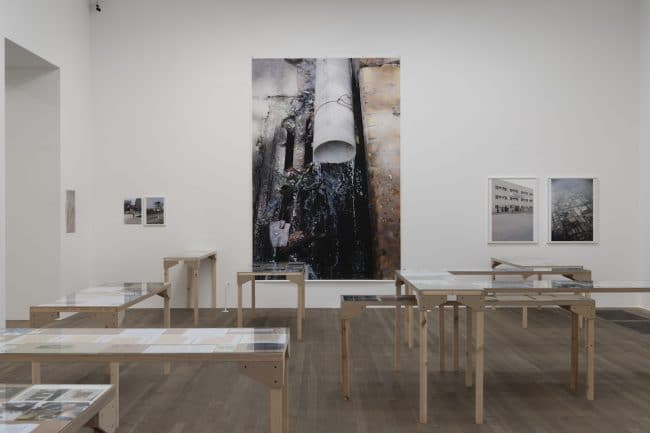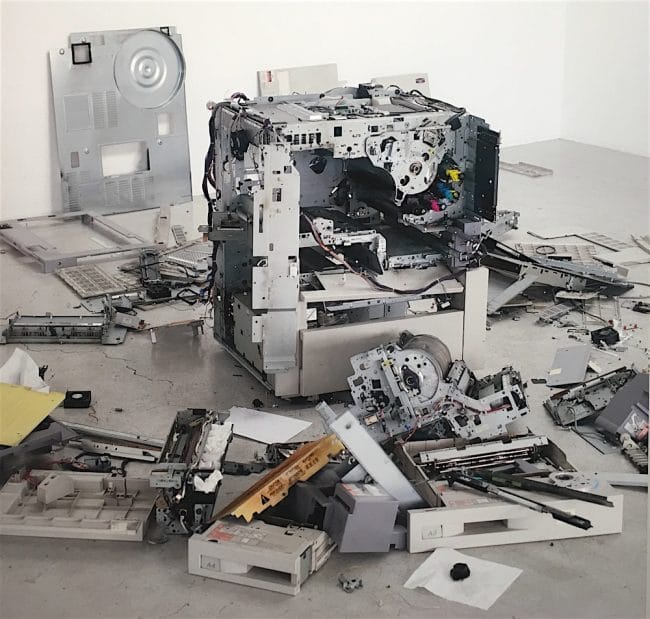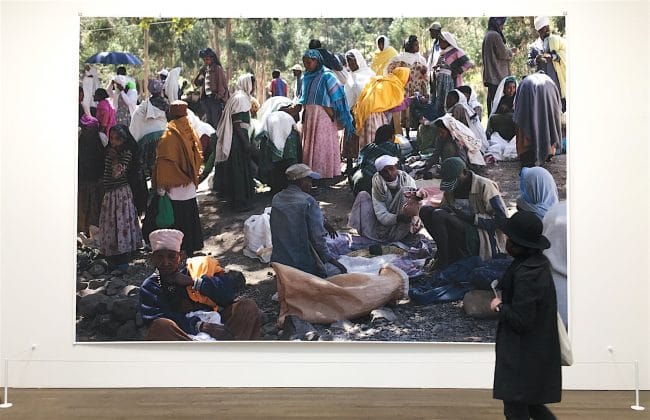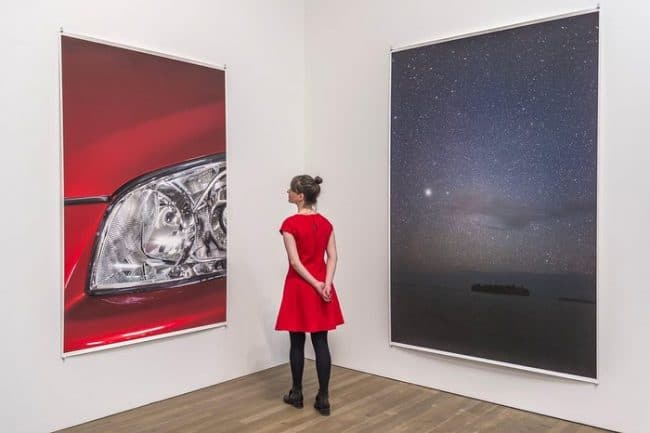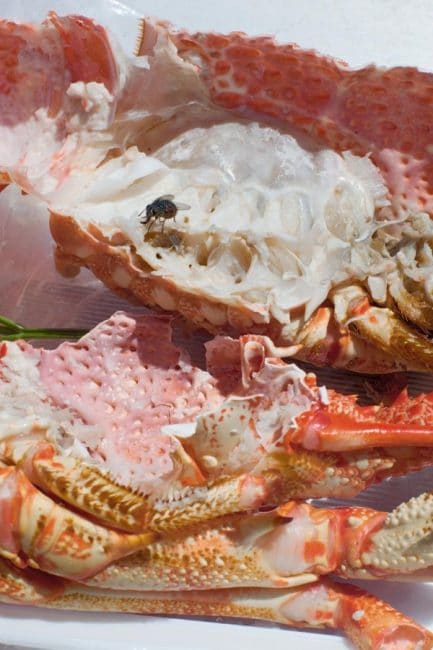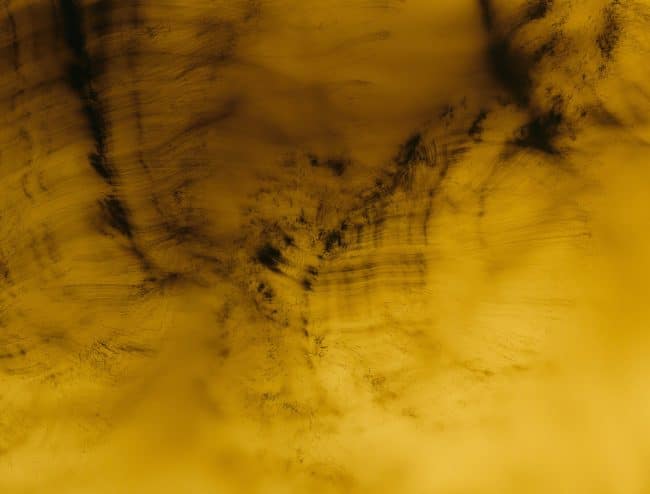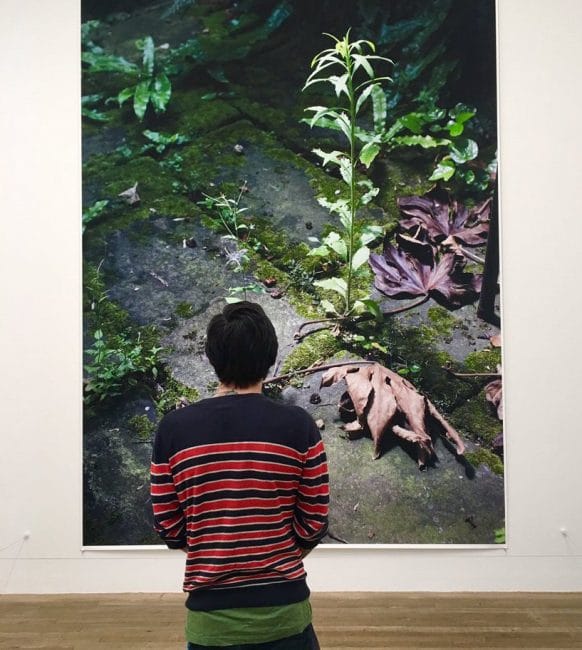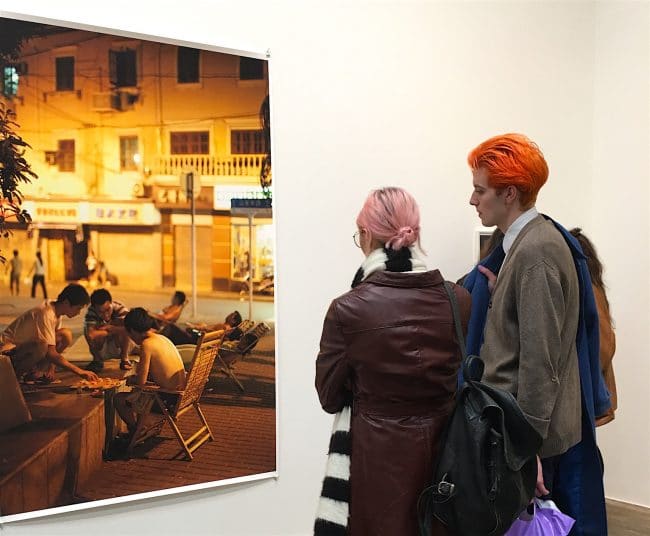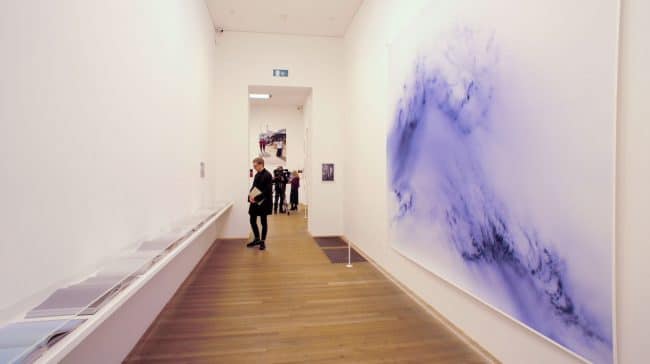This is photography Jim, but not as we know it. Visiting the latest Tate exhibition Wolfgang Tillmans 2017 many unfamiliar with his work are likely to come away with a whole new feelings about contemporary photography, how it is presented and what it means. They may also question the nature of photography.
Although we may consider Tillmans a photographer; indeed the first one to win the Turner Prize, in 2000, his practice has steadily expanded from images of everyday life and contemporary culture. In this exhibition we see that his broad range of activity now includes installation, music, sculpture, video and performance.
Despite all this variety photography still lies at the core of his practice. The images however may be analogue, digital or even camera less; Tillmans restlessly experimenting with every aspect of the photographic process. Once the images are produced, he then plays with their presentation. Prints will never be evenly sized, neatly framed and lined up around the walls, but are wilfully distributed in almost every available space; small monochrome images high on walls almost impossible to view, giant colour prints that dominate a room, others assembled in groups or single works hung alone in a corner.
They may be framed or mounted on aluminium, pinned up, hung on bulldog clips, taped to the wall or laid flat in cabinets. For Tillmans, every rule of production and presentation is is there to be broken, played with or experimented upon.
This attack of the traditions of the genre are strongly hinted at right at the start of the exhibition where we see photographs of his messy working space; few would recognise it as anything close to a conventional photographic studio. Nearby is an image of his office photocopier that has been carefully dismantled and spread over the floor, dissected in to its constituent parts. Tillman perhaps signals that he is breaking conventional image making in to its constituent parts to be re-examined and questioned.
This Tate exhibition presents works since 2003, when he had a solo show at Tate Britain, with unconventional presentation in rooms that are configured by Tillmans as ‘a personal response to the present moment.’ You will see no chronology or overriding theme, works from different periods are often juxtaposed. Social comment may move quickly in to formal comparison.
We know Tillmans has a great eye for colour and style; he was after all a fashion photographer, but he also is a great editor of images. We see works from the Neue Welt series, where he travelled to five continents and impulsively recorded his immediate feelings with a slice of a car headlight, a waterfall and a the remnants of a lobster meal, a fat fly included.
In two rooms, he returns to a favourite theme of abstract images. Enjoying the addition of the element of chance, he creates beautiful works by manipulation of the chemical process in his ongoing Blushes series. By apparently removing the artists hand, the resulting images seem more magical and perhaps record some scientific process rather than the work of a person.
Other abstractions are simply pictures of folded or crumpled paper. One can only admire the simple beauty of the Paper Drop images created from a folded sheet of photographic paper, in the end the very material upon which the images are to be eventually printed.
The variety and virtuosity on display is breathtaking. We move from experiencing the emotional impact of a documentary image to the virtuosity of a colour print or the beauty of an abstraction. We are caught off guard by imaginative presentation, arresting images or thought provoking juxtapositions.
Its not all totally positive – the ‘Truth Study Center’ installations – glazed table-top presentations of photographs, newspaper clippings and objects are rather obvious and uninteresting and some works with political comment miss the mark. A sound room presenting recordings looks to make us question how music is presented and received, but is rather banal. Nevertheless this is a show that anyone with any interest in photography would be foolish to miss.
Wolfgang Tillmans 2017 runs until 11 June 2017.
For more information visit Tate Modern
See also our review of his 2016 exhibition at Maureen Paley.




